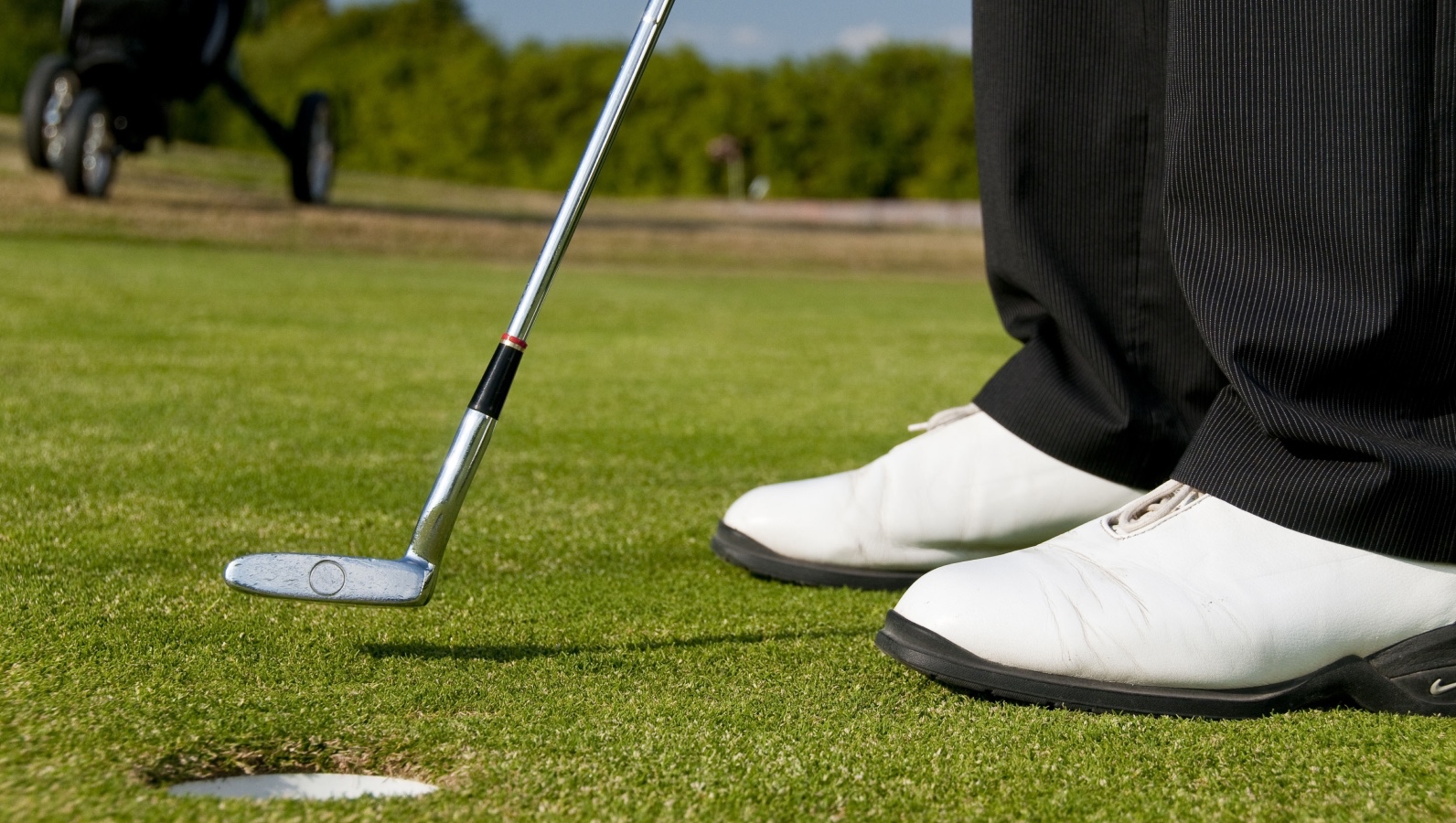How should you define a ‘good’ putt? A top Short-Game coach explains

Golf instruction is constantly evolving, but the best advice is on the test. In Golf.com’s new series, Endless Tips, we highlight some of the greatest tips teachers and players have shared in the pages of Golf Magazine. Today, we have a thought-provoking article from our August 1987 issue about how to define a “good” putt.
When it comes to teaching the short game, Dave Pelz is the king. Over the course of his life, Pelz worked with many of the best touring pros and major corporations, and (literally) wrote the Bible on the short game.
Golf Magazine was lucky enough to work with a famous short game coach, too, and in the late 80s he wrote an article explaining what makes a “good” Putt. Check it out below if you want to improve your putting – and see if you agree with the basic principles of the short king of the short king.
What is a ‘good’ supt?
“Never up, never in.” It’s an old saying, but still the words are put by. After years of working with pros and amateurs, I’ve decided that the key to sinking more putts is to charge the cup the way Arnold Palmer did. In fact, my studies show that the speed that gives the Putt the greatest chance of pitching would send the ball about 17 inches past the cup if it goes through.
Therefore, for a good PUTT, it must hit hard enough to have a chance to drop. But just hitting the ball hard enough to get it hole-high doesn’t always qualify as a good putt. In other words, it is possible that you did not cut the ball firmly to give it the best chance to throw because of variations such as cracks such as breaks, grains, spike marks, footprints and even on it.
The influence of external diversity was seen in a series of experiments with the positive benefits of visiting Ben Crenshaw, Peter Jacobsen, Tom Kite and Tom Hurtzer.
Under the perfect (what I call the “Pool Table”) Under the real conditions (“the average” of the putt according to the variation of the slope and the unevenness of the land), these tour benefits made by 85 percent to 55 percent 6. (The chart running on the opposite page lists the complete run-down of the pros’ “do” possible under “Real” conditions.)
The level of success of the players shows a large difference between the ideal and the actual conditions, due to the lack of external variables. Also, the best way to hit them is by hitting the putt hard enough to reduce their impact.
When was the last time you were inspired by the ball, and it took an excessive break or was knocked over the line by the Spike sign? Or, faced with three feet, did you ever ignore potential breaks and just put the ball in the back of the cup? He probably thought, “Even if I miss, the ball won’t end up going far past the hole.” This is the attitude you should have in every pore.
;)
Golf Magazine
If you look at the chart, notice that the pres’ percentage of more than 10 meters is not a good thing. But their ability to use 10 meters and less; This is the distance that separates the pros from the amateurs. Tour players are often placed on colored greens in a tiptop position, where variations can occur. If the good puts it well in the almost impossible vegetables of these variables, it makes sense to put it as if those variables do not exist, even if they do exist. And my studies show that the way to do that is to hit the ball hard into the cup.
Try to worry less about the direction of your putts and more about speed. Trust your senses to align your body and the putterhead on the target line and devote your attention to pulling the PUTT at the right speed. Remember, the best way to write those variations on the green is beyond your ability to roll the ball with them. Hit “Good Pett” by charging into the cup and you’ll sink above them.
Player Player placing mat
Pelz Player Putting Mat Indoor Putting Mat – Developed exclusively by Catalyst Golf in partnership with Dave Pelz! The popular golf expert brings you drill-based putting and games that use top players to help win your golf score to help lower your score and become a better golfer. The same idea has been used by master players Phil Mickelson and Patrick Reed for putting greens, driving and advice to help you improve your cups to help you set up your Green Studio. Putting cups sold separately including – 1 Putting Mat 26 “x 126” (10.5 Meters 68.83 x 17.02 x 16.51 cm; 3.72 Kilograms Reference manufacturer CGPELLZMAT Color green style green Putting Mat Brand Catalyst Golf Item Weight 3.72 kg Size Mat 26 “Width X 126”
View Product




